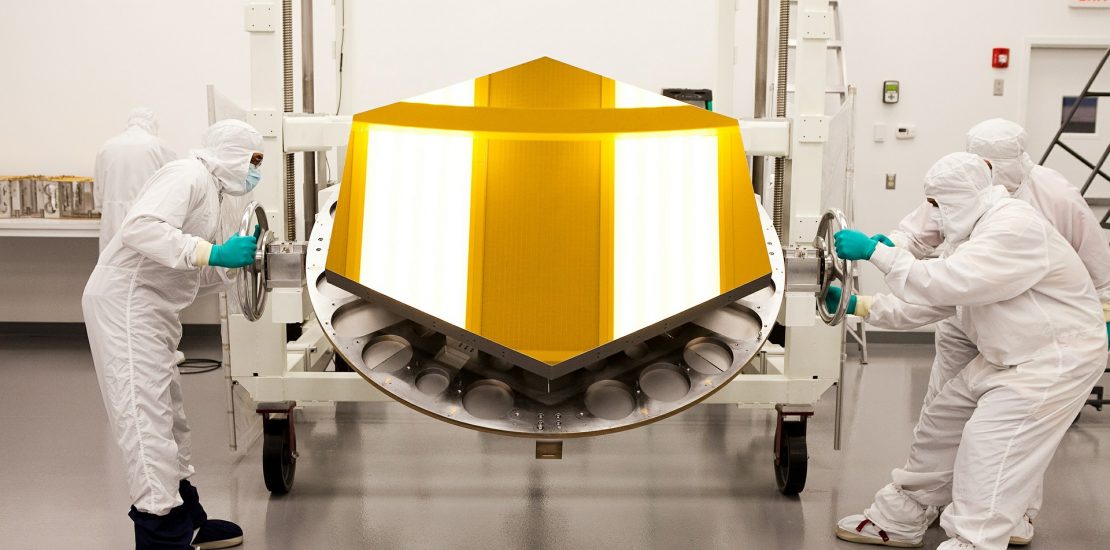Industry 4.0, the future manufacturing has started.
- December 16, 2018
- Posted by: Ronald Mutabazi
- Category: Innovation

Industries have evolved from mainly and only using man-power, to steam and water, electricity, computers and software, and now intelligent machines have been introduced. Yes! Like humans, industry 4.0 machines have the ability to make decisions based on the information shared amongst themselves. It embraces the Internet of Things to communicate with humans and then cyber physical systems to communicate amongst themselves. Industry 4.0 does not only focus on automation of robots but having autonomous robots.
But to fully understand the possibilities and advantages of Industry 4.0, one has to know the different generations of the industry revolution from 1.0 to the current out-going 3.0; when each revolution began, their benefits, and anything else to know about the successful improvements or revolution in the manufacturing sector.
Industry 1.0 is about the golden age of industrialization where we saw the introduction of water and steam powered machines. This was quiet a revolution by then in the manufacturing business which increased the output rate compared to the traditional man-power input. For example, the introduction of weaving machines in the 18th century increased the speed of weaving, the most significant being the Spinning jenny which was invented in Britain by James Hargreaves in 1764. The weaving machines mainly used pulleys to move the different parts of the machines. Industry 1.0 marked the beginning of quality and efficiency in the manufacturing sector.
In Industry 2.0, manufacturing companies adapted the use of hydro-electricity power in moving the different parts of the machines. Generation of power from water had already started and was the primary source of power but had not yet been introduced into most of the manufacturing companies till the early 20th century. Industry 2.0 also saw the introduction of assembly lines especially in the car manufacturing business in the early 1900’s. Let’s look at the example of assembly lines in ford manufacturing of the Model T. It initially took about 400 man-hours to make a single Model T; but Ford introduced a number of improvements from 1909-1912 that increased productivity, reducing the labour needed to roughly 150 man-hours per car. After the development of the moving assembly line, the labour used was reduced to about 75 man-hours per car. This was a huge step in increasing profits and streamlining production time.
Apart from the introduction of electricity in industries and assembly lines, the management part was also improved and new management programs like division of labour were introduced which further improved the industry.
Industry 3.0 the current manufacturing revolution accounts for approximately 16 percent of global GDP and 14 percent of employment and continues to grow globally. Industry 3.0 began in the early 21st century more precisely 1960’s. The invention and manufacturing of electronic devices like the transistors, integrated circuits specifically the Programmable Logic Controller (PLC) brought to life the automation of machines thus more efficiency and quality than both in 1.0 and 2.0. The integration of electronics hardware into the manufacturing systems also created the need for software systems to enable these electronic devices hence fueling the software development market as well.
In addition to controlling the hardware, the software systems also enabled many management processes such as enterprise resource planning, product flow scheduling, inventory management, shipping logistics, and many more that have greatly improved the manufacturing industry.

Now, Industry 4.0, which focuses on the utilization of the already existing huge amounts of data that have been accumulated in the past two plus decades since the introduction of softwares in manufacturing companies, and the increased use of internet in the early 90’s and 2000’s has seen the expansion and increase in the utilization of the service not only the online business but also in the manufacturing areas. Currently a few manufacturers have adapted and utilized different high-level softwares to extract information from the already accumulated data, then the machines use the information to make important decisions as I had mentioned at the beginning.
With Industry 4.0, workers will be able to control the whole production process remotely, at the comfort of their homes. Second, faults in the production are quickly and easily identified hence increasing far more profits than in Industry 1.0, 2.0 and 3.0. Companies will also be able to determine what kind and type of products to produce in what quantity and at what time.
“The rise of new digital industrial technology, known as Industry 4.0, is a transformation that makes it possible to gather and analyze data across machines, enabling faster, more flexible, and more efficient processes to produce higher-quality goods at reduced costs.” Summarizes the whole Industry 4.0 revolution in the best way possible.
Industries must adopt the new systems of Industry 4.0 as fast as possible to stay relevant, profitable and produce better products into market. Industry 4.0 is the future and the future is already here!
